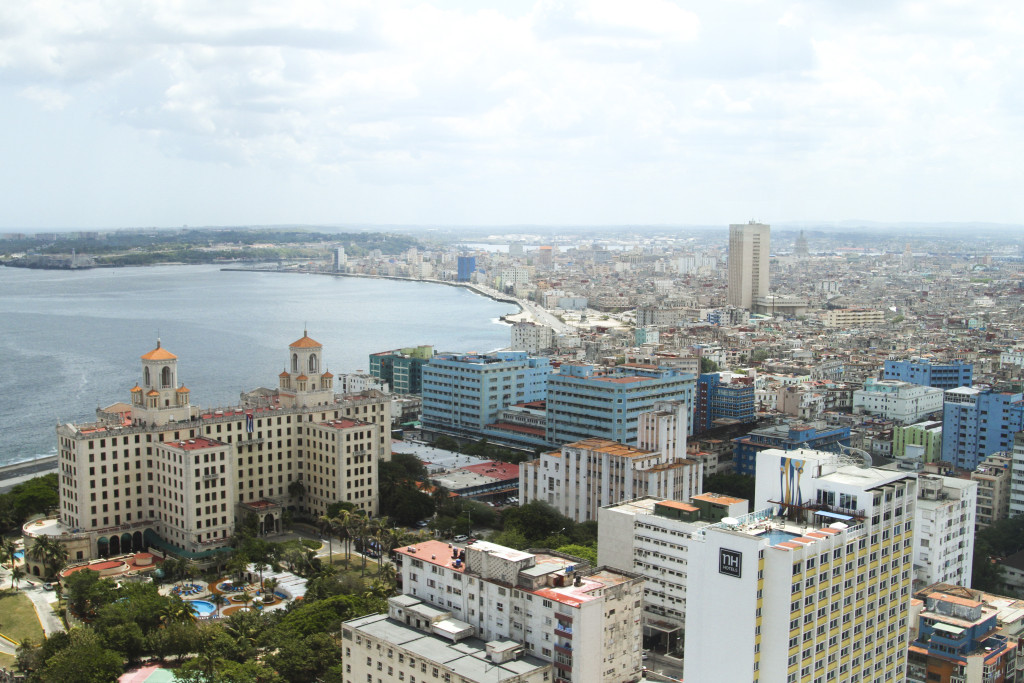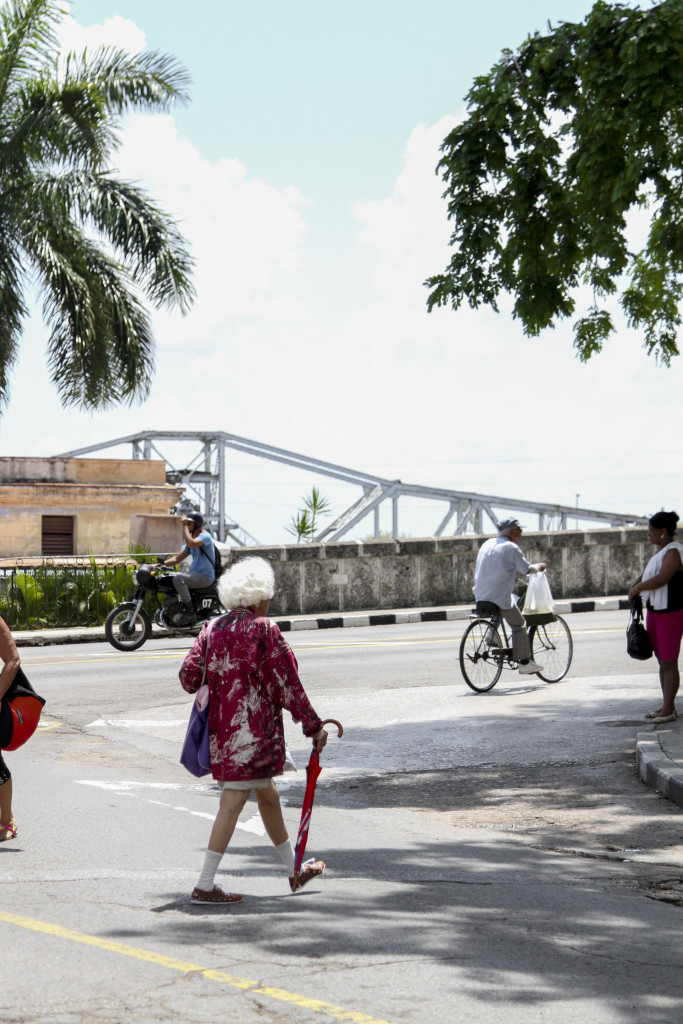Originally published in the Deseret News.

This week, a Carnival cruise ship left Miami, crossed the Florida Straits and docked in Havana, Cuba. Over 700 passengers stepped off the ship into a socialist country that has endured a half century of Cold War hostility. If these visitors are anything like me, they left with a love for the Cuban people and a renewed commitment to strengthen ties with this extraordinary place.
Ask any American who has traveled to Cuba and they will tell you one thing: GO! Go for the history, old cars, art, music, beaches, marine life, beauty and people. Mostly, go for what you’ll feel in your heart.
My daughter and I returned from Cuba just four days before the cruise ships arrived. We were on an educational visit hosted by the Salt Lake Chamber. We visited schools, art galleries, paladars (private restaurants), a cigar factory, the Colon Cemetery, a beach, the Museum of the Revolution, farms, a craft market, Ernest Hemingway’s home, and other notable places. We rode in the 1950s-vintage American cars (which are everywhere, by the way) and purchased hand-rolled cigars. We saw the remains of the U-2 reconnaissance plane shot down during the Cuban Missile Crisis. Mostly, we looked, listened and learned.
I can explain my experience best through a Cuban collagraph print I purchased by the artist Juan Carlos Vazquez Diaz. It shows a young girl reaching towards the sky with a rather large golden egg in her hand. Above her is a waxing crescent moon. She holds the egg up like an offering to the nighttime, moonlit sky. It’s as if she’s saying to the moon, “See me, feel me.”
The merchant in the art market explained the meaning of the print. She said to Cubans the egg symbolizes hardship. Each Cuban is rationed eight eggs per person per month. Whether it’s rationing of commodities, limited freedom of speech and press, separation from family members or the U.S. embargo, which has cost the country an estimated $1.1 billion, Cubans know adversity. The golden egg in the young girl’s hand represents both her own and an entire nation’s great need.
The moon above the young girl captures a different sentiment and symbol — that of the young girl’s and an entire nation’s hopes and dreams. The young girl and the Cuban nation dream of a better tomorrow.
It’s easy to understand why. Old Havana is an extraordinary World Heritage Site, but stray a few feet outside the historic center and you’ll see buildings with essentially no upkeep for nearly 60 years. They are dilapidated, worn, and, in many cases, dangerous. Wooden beams hold up New Orleans-like balconies. Peeled paint patches stand as reminders of what once was. And through it all … beautiful people emerge.
Like the young man I met who was excited to meet an American and wanted to see my ukulele. He had never seen one before and wanted to hear me play. I asked him if he knew the song, “Amazing Grace.” He did. I played and sang for him. He joined in on the last verse — I once was lost, but now am found, was blind, but now I see.
We connected eyes and knew the words applied to both of us.
The Cuban government has recently granted more freedoms. Cubans now own cellphones, operate small businesses and travel outside the country. There are 290 private restaurants and 500 thousand entrepreneurs there. The people feel a sense of optimism. It’s as if a blindfold is being removed from their eyes.
Americans too are pulling off the blindfold and engaging with this island nation. Full diplomatic relations have been restored. For all of our differences — and there are many — Cuban and American people share the dream of a better future.
I’m no fan of Cuban human rights violations, limited freedoms and other flaws. But 60 years of U.S. economic and demographic isolation is enough. Economic and political reforms in Cuba will spring from engagement, not separation.
As you leave Cuba you can see the grand boulevard of Havana known as the Malecon facing out to sea. It too is curved like the crescent moon from the artist’s print. They call it the “smile of Havana.” It’s a smile I feel right now as both countries extend a neighborly hand of friendship.




